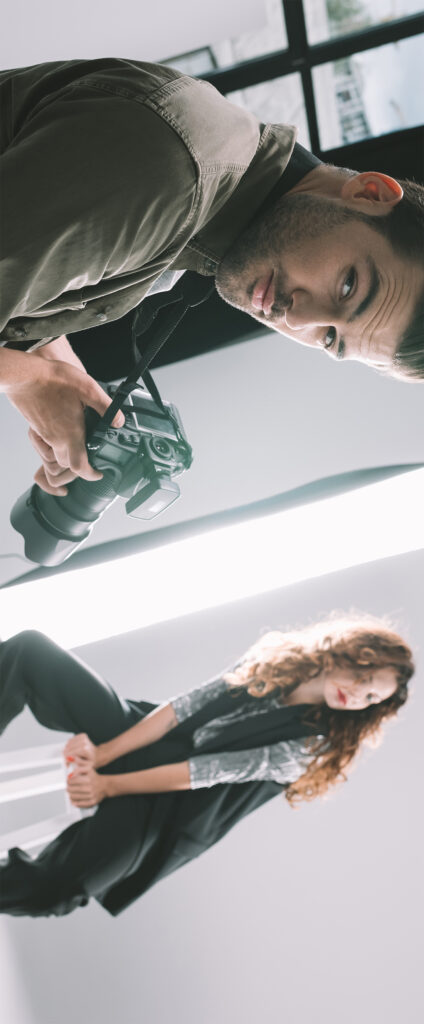
Lighting is a fundamental to use in corporate films because it creates a visual mood, environment, and sense of meaning for the audience.
Lighting tells the audience where to look whether to look at specific actor, prop, or part of a scene. Lighting reflects the psychology of characters and emotion attached to the scene.
Lighting defines and supports the genre of the film. Lighting is the tool that conveys film’s emotion/mood most clearly.
Nowdays corporate houses also encourage their agencies and video production houses to use maximum cinematic lighting tools.
- Key lighting is the mainstream light source in a scene or on the actor.
- Fill lighting adds dimension and softens bad shadows created by the key light.
- Backlighting is placed behind the subject to help define their features and separate them from the background.
- Side lighting lights the actor from the side and focuses on the contours of their face .
- Practical lighting is a not so powerful light source that is visible within the scene like lamps, candles, and television sets.
- Hard lighting is a lighting art with intense shadows that draws attention to something.
- Soft lighting is a lighting art with little light intensity that creates no shadows
- High-key lighting is a lighting art with no shadows and intense brightness
- Low-key lighting is a lighting art with a lot of shadows
- Natural lighting means available light at the location of the shoot.
- Motivated lighting is a controlled lighting art meant to duplicate natural light sources in the scene like window, sune or moon
- Bounce lighting is an art where light is bounced from a strong source toward the actor with a reflector, which soften and spread the light.
Lighting a scene requires trial and error and obviously the experts. If you want to add cinematic lighting value to your next corporate film video project then just gives us a call at 7042111335 or email us at info@cutsncamera.in .
